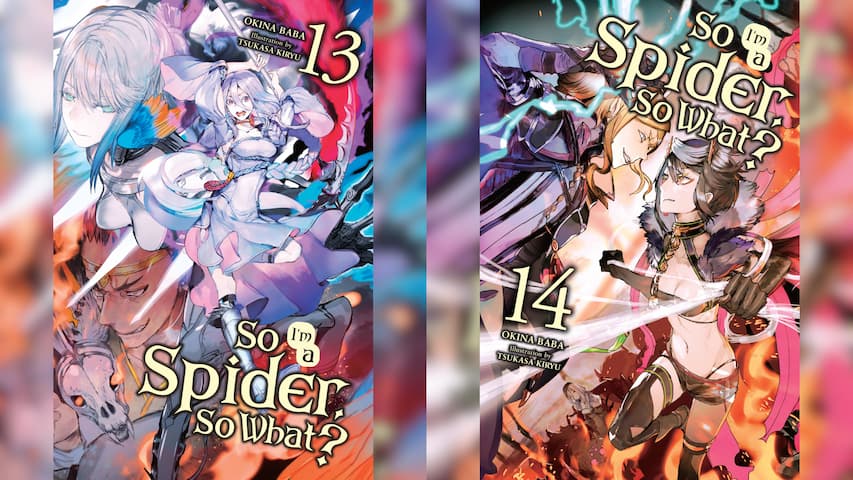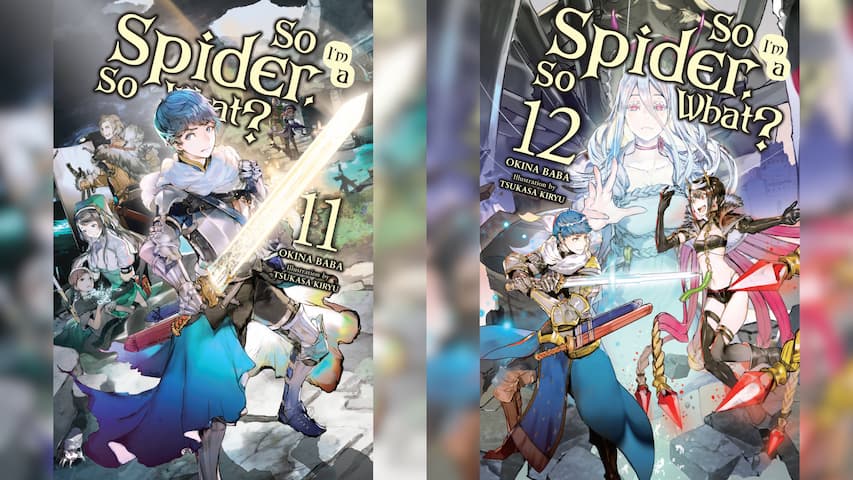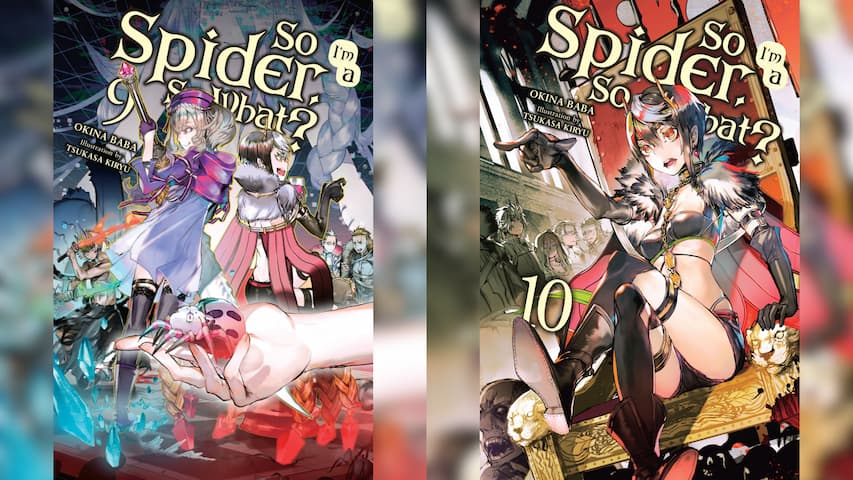So I'm a Spider, So What? LN: Volumes 2-3
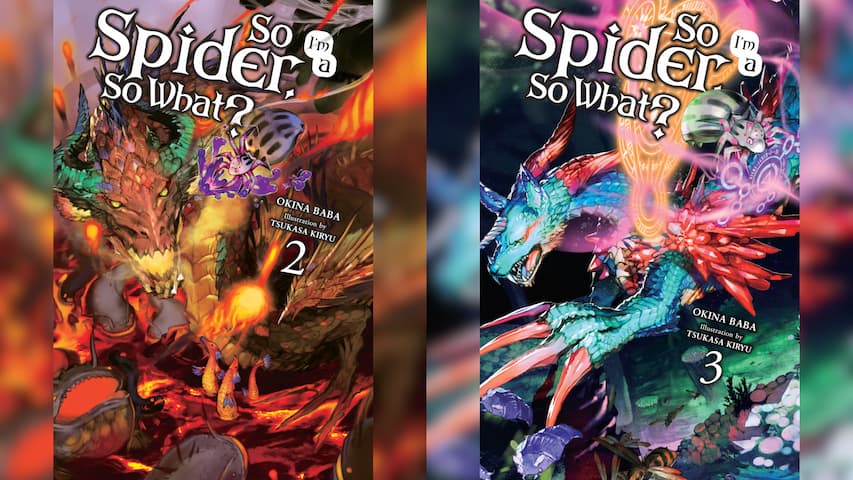
Ach ja, after getting surprisingly hooked on the first novel, it didn’t take that much time for me to finish the second and third one too, thus concluding the first arc of the series… at least from Kumoko’s perspective. Considering the several overlapping perspectives, I am not that confident in how I will split the novels for these posts, but that is a problem for future me. Current me wants to go gush over my obsession. Ganbare! Kumoko-chan!
Overall Impressions
You know how there are some things that just have too much, but then you add even more and it become right again? This is So I’m a Spider with its skills. While it can be a bit much at times, I appreciate to just what degree of self-indulgence it can go. The skills are not just a game-like gimmick to attract new readers who simply don’t know better, but an intrinsic part of this world in several different areas. So yeah, just go all in for exploring this aspect from every angle imaginable! Honestly, it already puts some games to shame. For the most part, these two novels explore these skills in two angles: The mechanical and intrinsic angle, aka how exactly everything surrounding these skills work on an in-universe level and an extrinsic one, that questions the more specific nature of these skills and what it means for the narrative at large.
The first angle, beyond a fairly good amount of straight-up exposition, features plenty of scenes having plain fun with the skill system. Kumoko just trying random stuff to learn the skills she looked up in the skill list via proficiency instead of spending her skill points is hilarious. Kumoko wondering what the catch is for a seemingly OP skill, only for Taboo to gain a few levels with comedic timing got me every time. Talking to her selves via Parallel Minds? Never gets old. I also have to applaud the consistent overview of this insane plethora of skills and still being able to construct unique battles that make use of a new combination of them. No two fights can be overcome the same way and it shows both Kumoko’s unique problem solving ability, as well as how she slowly learns to master this world’s system (Only for her to get trolled by it shortly after).
Beyond the extended mechanical aspects of the skills, there is a good amount of narrative baggage that comes with them. While Kumoko low-key accepts that this world is just like those Isekai she read in novels, she also rightfully comes to the conclusion that such a “hard” skill system doesn’t form naturally and was clearly put in place by someone. Add to the fact that all known skills are in on way or another related to combat and you slowly have to questions what’s the actual deal with the skills. Kumoko also learns that she is most likely being observed and skills seem to be given out with purpose, as seen with the Appraisal skill evolving into Wisdom, right after Kumoko is being disappointed about Appraisal hitting the level cap without any new effects. Looking back at it, in the first novel with Kumoko fighting in the pit, it sure was convenient that she gained the HP Auto-Recovery skill a day or so after complaining why she is not in possession of such skill.
All this eventually leads to the introduction of Administrator D. Despite only appearing once in volume 2 and seeming like a dandy fellow, they are as fascinating as they are menacing. Kumoko trying to keep it together, after being approached by a mind-reading “evil god”, has almost something tragic to it. If being reincarnated as a spider wasn’t awful enough, she is told to basically be a plaything for the amusement of a being that couldn’t care less about this world. The few moments of sincerity and seriousness from Kumoko hit pretty close, compared to her almost constant up-beat/sarcastic personality. And it is not like we are any closer to actually figuring out what exactly is going on. Terms like MA Field, Ruler, Godhood and divinity field are still a mystery to the reader, most of the descriptions and conditions for Kumoko’s titles are vague and questionable at best and Taboo reaching level 10 gave Kumoko a few more problems in her life. Clearly, God hates spiders.
Or not, actually. Kumoko has finally reached the point where she can be called nothing less than powerful, gaining one broken skill after another. Despite these massive improvements to her stats, it is not like it matters all that much for the most time. After her battle with the monkeys, she enters the middle stratum, which reveals itself to be a living hell. Especially for spiders, as they are particularly susceptible to fire. Having relied on her thread up to this point, she is taken of her weapon of choice, beyond also unable to even go near the lava without taking damage, thus limiting her mobility. This is a clever way of “nerfing” Kumoko’s newfound abilities and better stats, as they are not taken away or made less strong per se, but rather not directly applicable to the new environment and problems Kumoko faces.
From there on, it is mostly a diverse palette of different battles for Kumoko. A funny side-note: Kumoko likes to fight the lava monsters, as opposed to the monsters from the upper and lower stratum, as their meat is not poisonous… something I obviously noticed, but never bothered to connect to why everything tastes bad. She eventually earns the Fearbringer title, making it difficult for her to procure food, as all the weaker monsters now run away from her. Poor Kumoko can’t catch a break, even in the most mundane of situations.
While all the larger battles have something worthwhile to talk about, I want to limit this post to two three of them: The “fight” against the humans, the fight against the humans 2: Earthly Boogaloo and lastly, the fight against Araba.
Kumoko’s first encounter with humans went… less than stellar. They burnt her house down and later forced her to flee into the lower stratum. Needless to say, not the best impression. After the events of the first novel, an entire army division was sent to investigate the weird behavior of a certain monster. After they struggle through the labyrinth, they eventually encounter Kumoko and immediately decide to not deal with her and run straight towards the exit. This encounter, despite being rather anti-climatic, shows us two things: Humans are actually not that strong, even in large groups and already consider Kumoko to be a huge threat. This is also the reason why they later sent the strongest human mage after her. It is also fun to see how her skills effect her opponents from the perspective of… well, her opponents, as all the soldiers were in fear and couldn’t move, aka. the Fear skills and Heavy Evil Eye in action. The second point is that it didn’t result in a fight. For all intends and purposes, Kumoko could have started her genocide run right here and then. But she didn’t. This will later spiral into her observed “weird” behavior for a monster and into the tale of the “Nightmare of the labyrinth”.
What I also was rather surprised by was the dodging of a a trope I am not sure has a name. The army division was mostly made up of lower-ranking nobles and the like, not normal soldiers, so it was quite refreshing to see them not acting like total cocky dumbasses, overestimating themselves based on the circumstances of their birth and attacking Kumoko for some idiotic reason like pride and honor. Instead, they slowly learned to listen and even respect the labyrinth guide and when encountered by impossible odds, they made the reasonable choice to flee and get someone stronger to deal with it. Beyond simply not falling for this terrible trope, I am amazed by the restraint to not create a situation where Kumoko would be fully justified in killing her human assailants, instead making her first human kill a bit more morally grey.
Kumoko’s second encounter was against the strongest, in his words strongest human, mage Ronandt. I also only just now realized, even after having seen the anime twice now, why Ronandt was accompanied by this wannabee Pokémon trainer. He is a beast-tamer… they actually wanted to tame Kumoko… the audacity… hilarious. Similar to the army encounter, we get to see Kumoko fighting from the perspective of humans. We learn some interesting titbits about Appraisal, like that it can be blocked via Ruler permissions or that being appraised gives you a weird feeling, convincing me that the Appraisal Skill is just a weird type of heretic magic and will probably come back big time with Taboo or something like that. Mark my words, for one time in this series, I want to be right about future events… and now back to the topic at hand… killing humans.
Via her inner narration, we already know that Kumoko was not the most lawfully good person in her former life and breaking the law to her is more a “pain to deal with” issue than a moral one. She does feel different towards humans, compared to other monsters, but similar to Fei, she no longer necessarily relates to humans the same way she formerly did. While she may help and even heal them occasionally, she also tries to keep a distance. I actually like to thing that she was totally cool with them, until humans burned her house down again and pulled a full 180, going along the lines of “Meat’s back on the menu, girls!” and starts killing. There is more to her character, but I like the thought that her former trauma turns her into a human killing machine.
So, she starts killing humans. To be fair, the first few were not on purpose, but genuine accidents. After learning that humans give way more experience points than monster though?.. Meat’s back on the menu, girls! Beyond just being fun, this fight highlights how she sees herself in regards to her surrounding. At the end of the day, Kumoko wants to not only survive, but live a life she can be proud of and we know how she feels about running away. She could have spared the humans, but she actively decided against it. I like how she does some brain gymnastics (might actually be just some light stretching) about how her actions were totally justified, but the focus should be on how little she actually cares.
Lastly, Araba. I have already talked about Kumoko vs. Araba in great length, so I will keep this one short. It is essentially the climax to the first character arc of Kumoko. She goes from the Small Lesser Taratect, being constantly forced out of her home and surrounded by stronger monsters, to the proud Ede Saine overcoming impossible odds. Araba, solely as an idea, needs to be overcome by Kumoko to not also overcome her trauma, but also gain a certain amount of freedom. Also, Araba do be kinda dangerous and now recognizes Kumoko as a genuine threat, so… one of them has to die. Something I read from someone else is that Kumoko’s extreme reaction towards Araba giving up might be indicative of her Pride skill messing with her reasoning. Not sure yet how much this holds water, but I also don’t think it takes away from my reading of the fight.
That’s so far on Kumoko’s side of events (I didn’t expect for it to get this long). On the human front, things sure happen. While Shun is still very much the center of attention on the human side of the narrative, these two volumes are not afraid to loosen this focus. Especially Katia gets a huge amount of characterization and evens out Shun’s relative optimism with a more grounded sense of their situation. I especially liked her interludes talking to the other reincarnations, which basically confirmed some of the initial thoughts you would get from them. Their old teacher is absolutely not to be trusted, Yuri, beyond being a religious fanatic, has probably lost it mentally and Sue’s attachment towards Shun goes way deeper than one would expect, even with the Imouto trope in mind.
Arguably my favorite chapter was when Katia and Fei basically talked about their, not quite the right term, but I don’t know how else to describe it, body dysmorphia, as both of them have been reincarnated into a different body than their previous life. Especially Fei’s new perspective as a monster is kinda interesting, as she doesn’t relate to humans anymore and acts according to her understanding of earth dragons, aka. enjoying her life as a pet without a worry in the world. Her explanation as to why she can be so close to Shun without feeling… well, feelings, even made me chuckle a bit, comparing it to how you wouldn’t become flustered around a lizard either and that she lost all interest and attraction towards humans.
Speaking of Fei, she almost died. Well, not actually, but she could have. Simply said, she got older and eventually reached the end of her lifespan, forcing her to fight monsters in order to evolve. Turns out everyone one the human side is a bit more averse to fighting other living beings when compared to our little spider. Fei also gets quite strong to the point that even Shun gets jealous (and him wondering why she has fire and petrification resistance is hilarious). Monsters in general tend to have a greater potential of becoming strong, though most of them lack the intellect and can’t make use of their skills. The group even jokes about how scary it would be, if one of them would have been reincarnated as a monster and started munching on those sweet monster EXP from the moment they were born. You know, just imagining in how much trouble they would be, if some of their former classmates were on the side of the demon lord.
In fiction, the term “red herring” is used to describe the intentional misleading of the audience and after these two novels, I could probably open a shop for jamaican pick up. These novels sure want you to believe a lot on flimsy information and supposed connections your brain made up on its own. The problem (as in I really like this narrative trick) is, I am not sure when I am supposed to fall for the red herring, see right through them or am supposed to think I a saw through them and it then turns out to be actually correct. For now, I have the benefit of having seen the anime and, or at least how far the anime covered it, am aware when the novel tries to swindle me into believing the Kuleshov effect, but to be honest… I wouldn’t bet money on any of my predictions. I love the mystery so much.
The rest of the two novels is basically Shun having a very rough week: Hiding Fei from Yuri, almost being killed by Hugo, his brother dying and inheriting the Hero title, everyone he knows seemingly distancing themselves from him, Fei turning into an egg, almost being killed by Hugo a second time, being framed for a coup d’etat and fleeing the country, almost being killed by his lifelong maid, Katia killing herself in front of him, learning about Sophia, fighting against Ronandt and finding your oldest brother’s mind turned into mush, utterly unable to do anything about it. Pal might need to invest in some therapy.
Shun, in general, might not even be in the best headspace to begin with. Unlike Katia, he has not fully grasped the situation he is in and goes about his daily life with little care… which is kinda frustrating. He is by far more self-aware than in the anime, but he still wears the mantle of your generic protagonist, even if some characters literally try to beat his hero-complex out of him. The most damning show of his character was in reply to Shun calling Yuri a religious nutjob, with Yuri calling herself at least not as obnoxious as Shun with his brother… imagine getting owned be her of all people.
Shun is not all bad, though. I really enjoy every bit of introspection he gets, from his mental breakdown following his brother’s death to his own acknowledgment of being weak and suffering under the pressure of being the hero. He has the potential to become a truly engrossing character, but he might also drift right back the opposite direction and run counterproductive to the like of Kumoko’s characterization. Again, Katia, their teacher and probably Fei know better and he should absolutely too.
Comparison to the Anime
For the most part, the anime adapted the novels quite accurately, though I suppose the word “most” does a lot of legwork here. Similar to the first novel, it doesn’t feel like anything really misses. You get the points the anime is trying to make and you are never left wondering why something just happened (Unless it wants to, obviously). For all intends and purposes, it is not like you are actually missing out a lot if you are only watching the anime… except you are missing out a lot if you are only watching the anime. Seriously, I am convinced they could have easily filled the two cours only adapting volume 1 to 3 and parts of volume 4, though I suppose it wouldn’t have ended on any kind of good jumping off point.
Starting with Kumoko again, her story stays mostly intact. Surprisingly, the entire climax of volume two was skipped. It is a fight against a fire wyrm that also acts as a leader of several other lava monsters. While fun, this is the content that can be cut out the easiest. While we loose some sense of Kumoko’s progression, this isn’t really that big a deal in the anime. Another thing cut was the initial encounter with the fire dragon Rend. In the novel, it is Mother that injures Rend. This is also the first time we get our first glimpse of her Kin Control skill and just how powerful she really is. Beyond those two fights, there is the missing encounter with the human soldiers, which unfortunately foregoes the whole emergence of “The Nightmare of the Labyrinth”. Lastly, upon Kumoko reaching Taboo level 10, in the novel, the reader only learns that the world is doomed and Kumoko does an uncharacteristic 180 in her motivation. The anime, while not necessarily being more elaborate, did include some images and fast moving text… something me and my pause button didn’t really bother much :D.
On the human side… there are so many cuts, one might question whether self harm was at play. With the exception of a few, most of the interludes are completely removed, mostly affecting Katia and Sophia and if it weren’t already enough, they also ignored the one chapter that was entirely dedicated to Katia. Even a bigger shame that it was the content with most of her character development, especially with her coming to terms being a woman. In general, episode 14 was utterly butchered in the adaptation. Also, we were robbed of this scene:
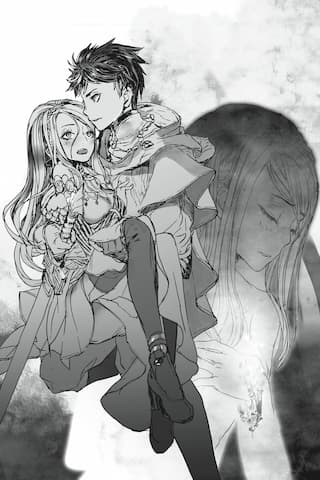
Cowards! Also missing in this scene is Shun bringing Katia back to life via the Mercy skill, instead with the power of friendship and him raising his Taboo level. The thing concerning Taboo was touched upon in the end of the anime, but it does take some of the weight of this scene away. After the confrontation with Sophia, Shun, accompanied by Fei and Katia, fly back to the capital to rescue Katia’s parents, but are engaged by Ronandt, who has some kind of connection to Sophia. After making it into the palast, they are greeted by a mind-broken Cylis and Katia’s dead parents. Shun, using Mercy, revives Katia’s parents, but is unable to help Cylis, as his mind was completely destroyed by the brain-washing.
Beyond just missing a good amount of content, the material is also weirdly rushed with no sense of time-progression. Some of it comes from the fact that all the human stories from volume 1 weren’t animated in the first place. I mean, the anime doesn’t even acknowledge the passed time after Hugo was expelled from the academy and jumps right back with him executing his plan, as if no time has had passed, also missing out on Shun getting estranged from his friends. Again, I wouldn’t mind by just having seen the anime, but considering how good a certain part of the story could have been, which I always considered to be one of the lowest points in the anime, I can’t help but feel a bit disappointed.
However, there is also a good amount of stuff I consider the anime to be superior in. With the reorganizing of different events, I would say the anime has a slightly better flow and sometimes even goes out of its way to give certain scenes the attention they deserve. Specifically for these two novels, it would be the final confrontation between Kumoko and Araba (I will never shut up about this fight). Reading the fight was almost a letdown compared to the anime. Sure, the lack of incredible voice acting and animation are partially responsible, but reading this part of the story also lacked the emotional impact and depth I felt in the anime. Both Araba and Kumoko were evenly matched and it was by far her most difficult fight, but the anime really sold them both fighting with all their might to the bitter end. The anime even adds some original scenes, like Kumoko being impaled by an earth spike and having to cut off part of her body, to elevate the fight to new heights. Solely judging from the novel, this fight wouldn’t have stayed in my mind rent-free for who knows how long. The anime gave this last battle between two legends the attention and care it deserves.
The human side of the story also incorporated an extra story not found in the novel. It’s the scene with the reincarnations in their former lives as students. Not only does this story give some much needed characterization, but it is also a great tool to contrast their new lives. Honestly, more Isekai need a look into the protagonists old live, that dives much deeper than simply “Oh, you know, I was a good-for-nothing anti-social shut-in that played video games all day long”. No, give me boys playing badly animated football and girls bullying each other!
This is about everything I can say about the adaptation of these parts without literally going episode by episode and pointing out all the differences like an annoying little nerd watching the shitty movie adaptation of their favorite fantasy novel and if I ever become this person, you have permission to break my jaw or do whatever makes me shut up.
Final Thoughts
Honestly, I wouldn’t have assumed that reading the novels would be such an easy task for me, especially since I already know what happens most of the time. Despite all of them being close to 300 pages and only reading after going to bed, I am flying through them. Seriously, the bottleneck for me are these very posts.
If there is one thing I am… not annoyed by, but pretty aware is the relatively repetitive prose. Maybe “too in-depth” might be more accurate. Yeah I got it the first time, no need to go over it another two times with different wording. If this were the web-novel, sure, but I would assume the editing process for the light novels would slim these elaborate description down a bit.
I’m very interested in how the “second” part plays out, as the anime definitely had some kind of shift of its atmosphere to it… though it is not like I have almost finished volume 4 already by the point I am writing this post, lol.
Anyway, we’ll probably see us in not even two weeks, when I will have finally caught up on the anime… how did I write 4.000 words on this? Nai wa~.
So I’m a Spider, So What? (ePub) is available on BookWalker.
Related Posts
Comments
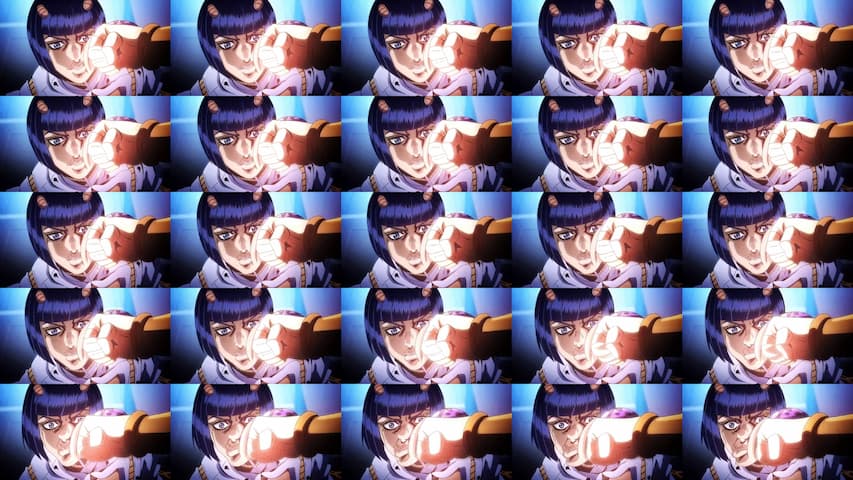
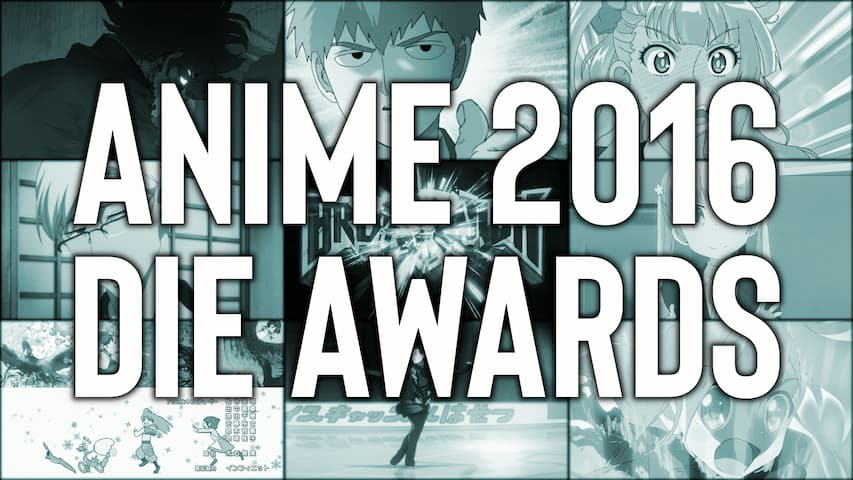
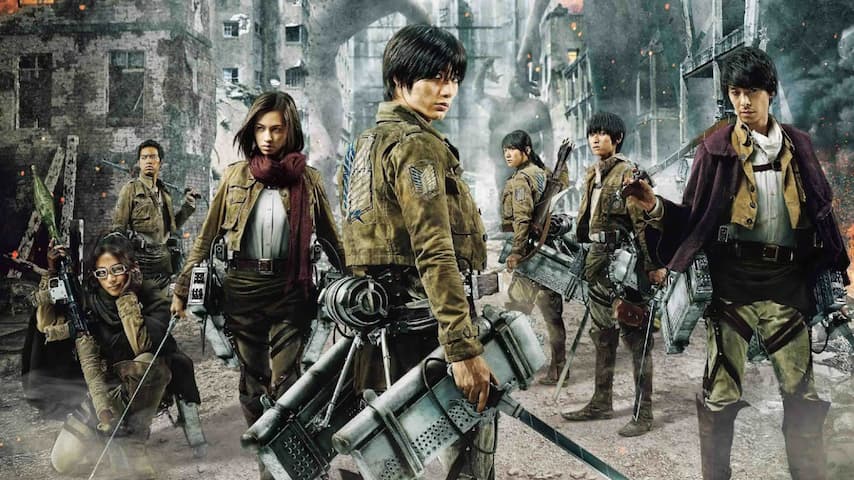


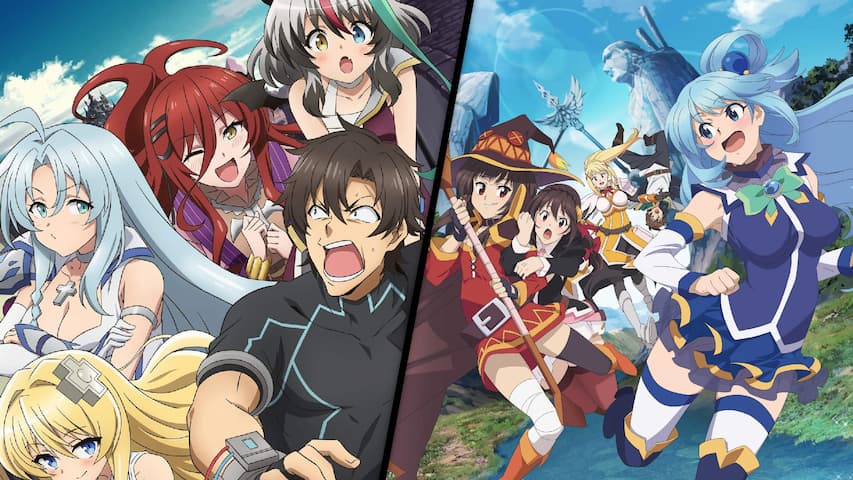
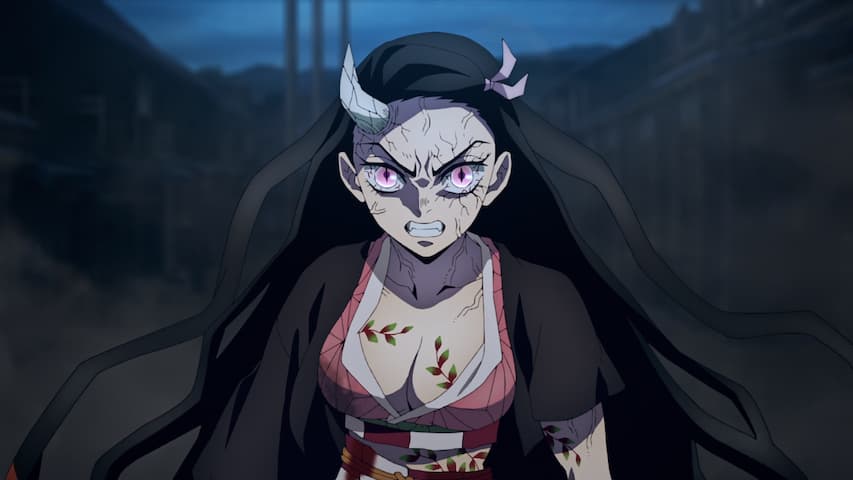

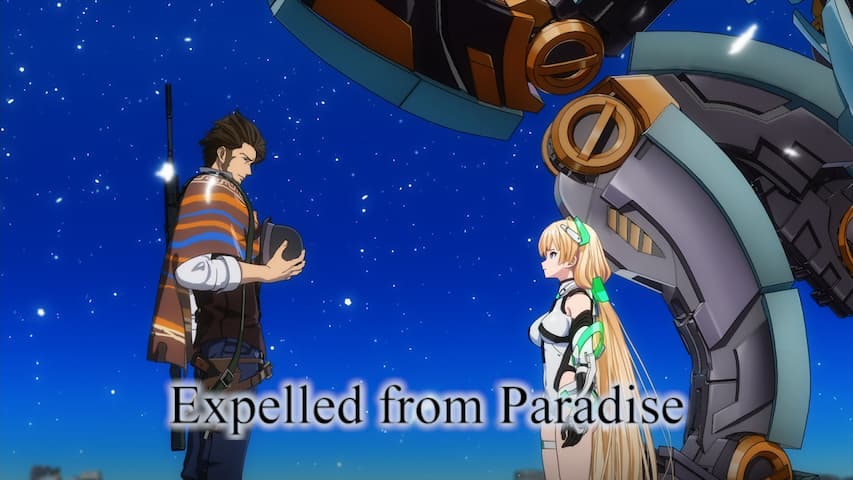
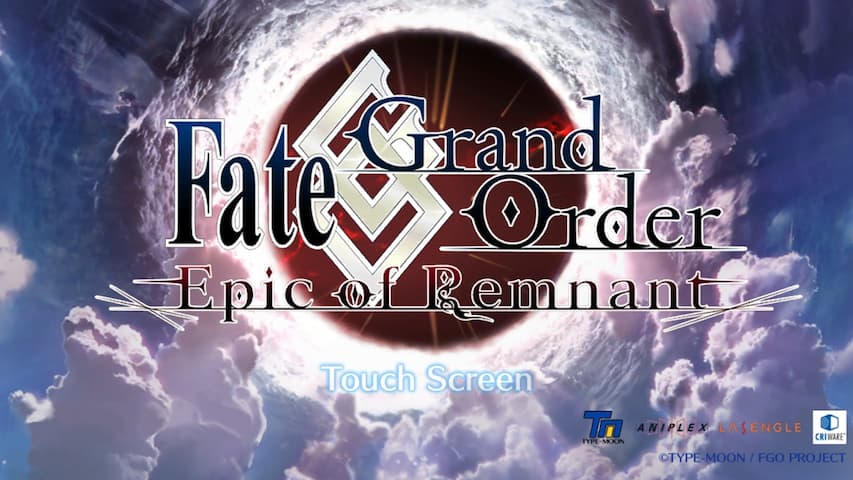
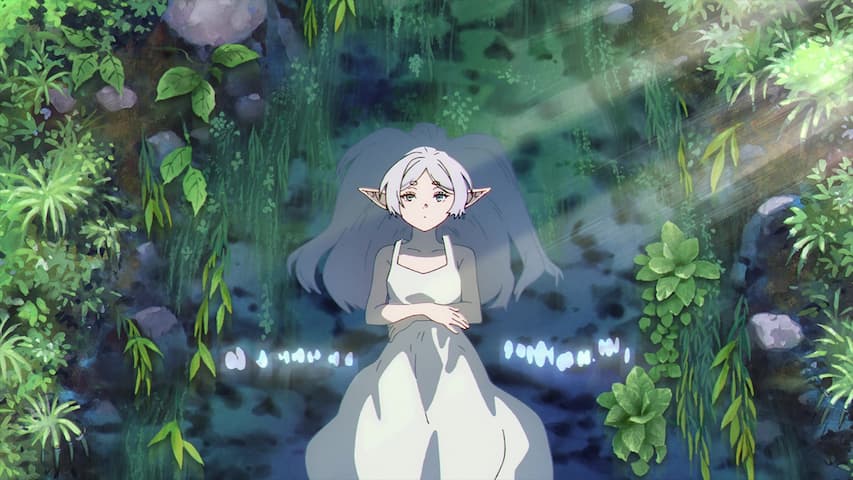
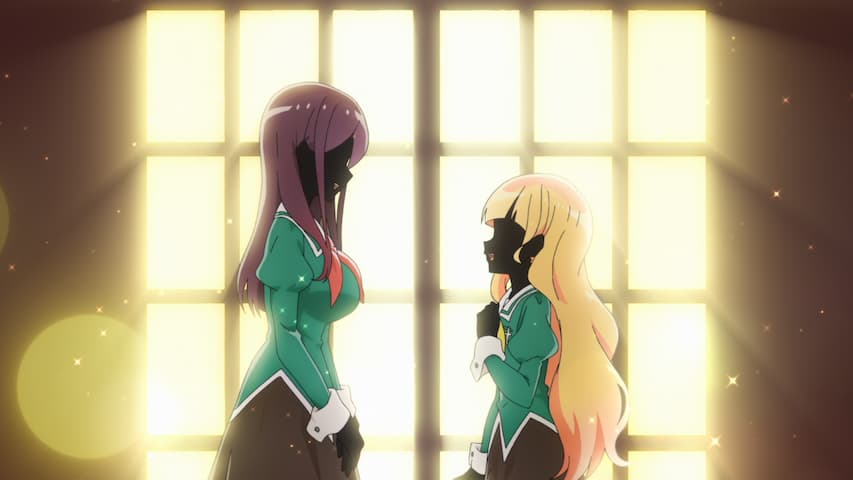
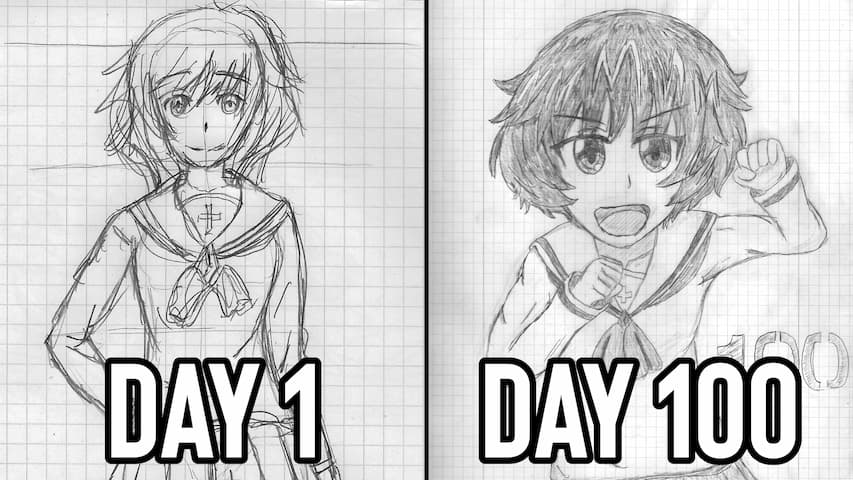
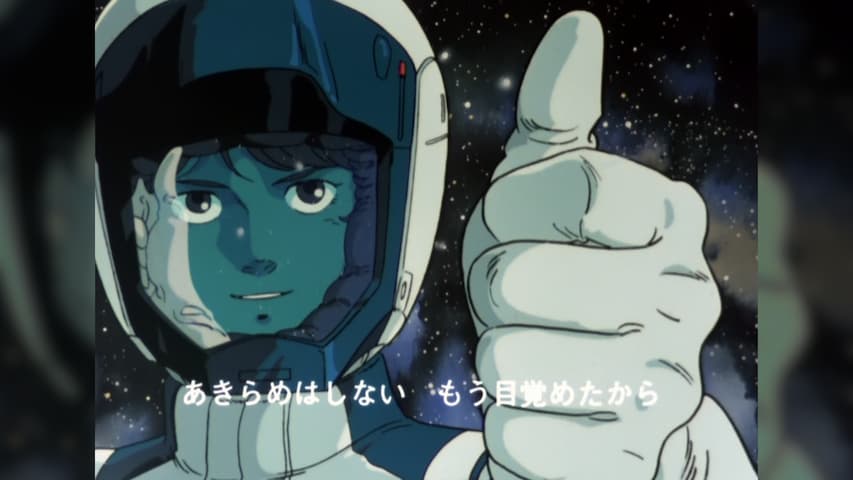
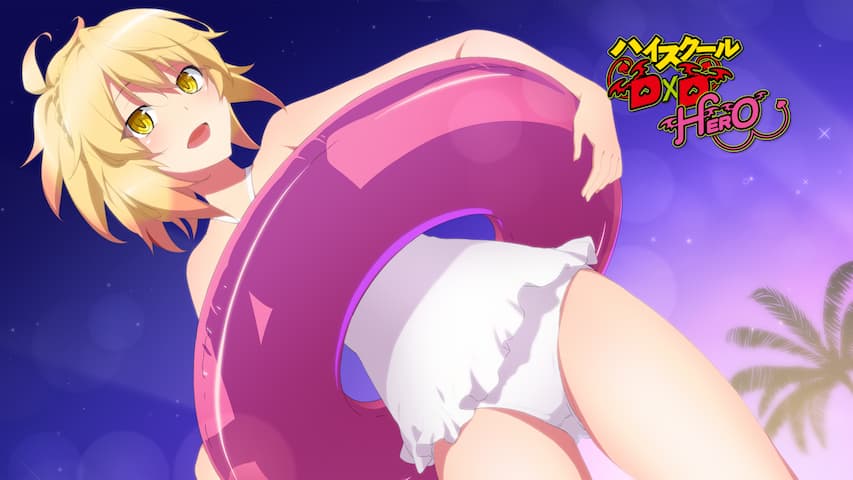
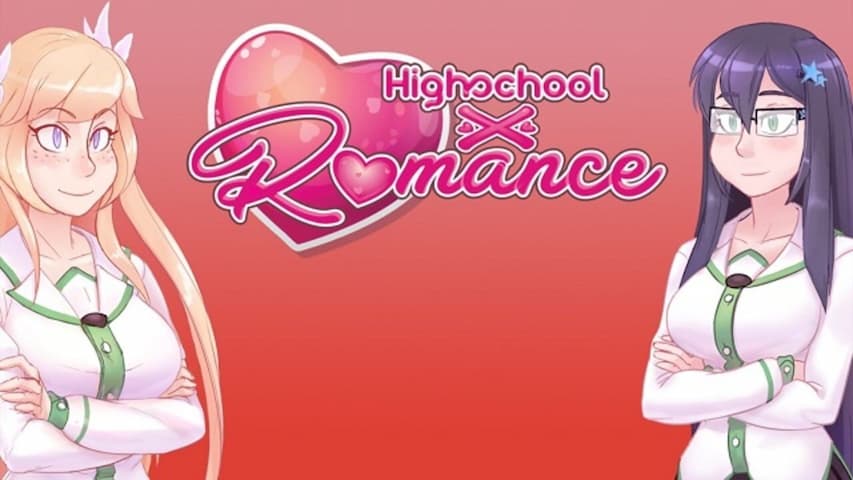


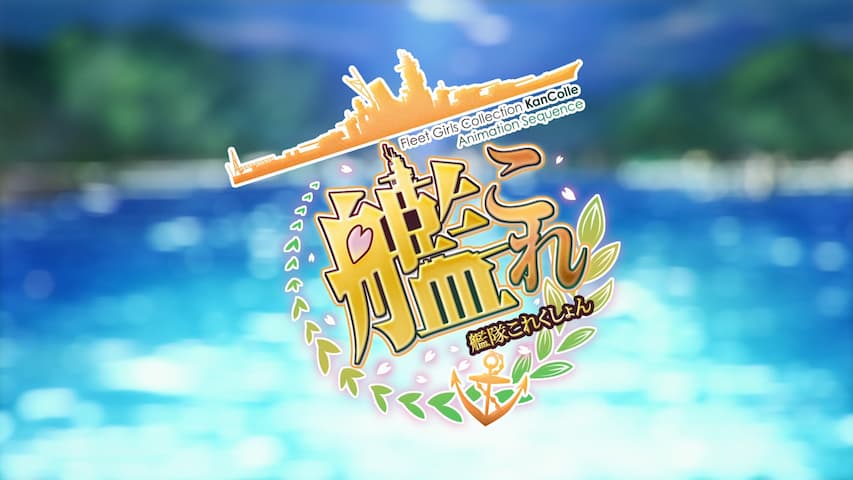


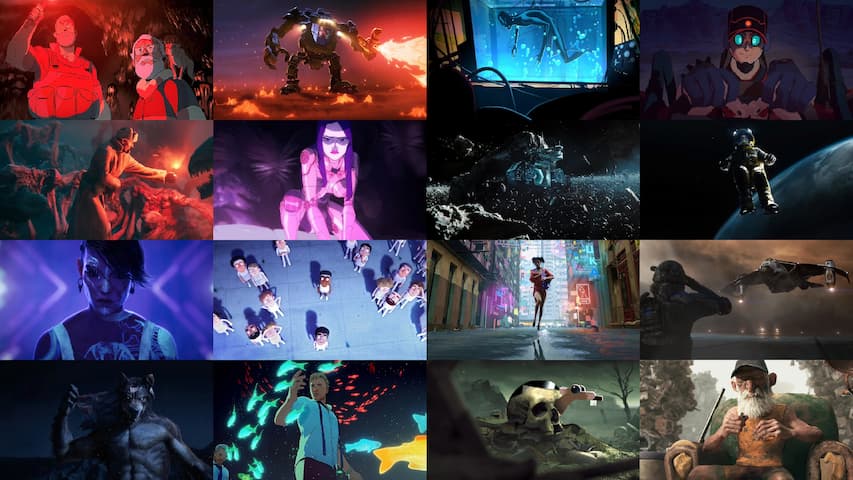
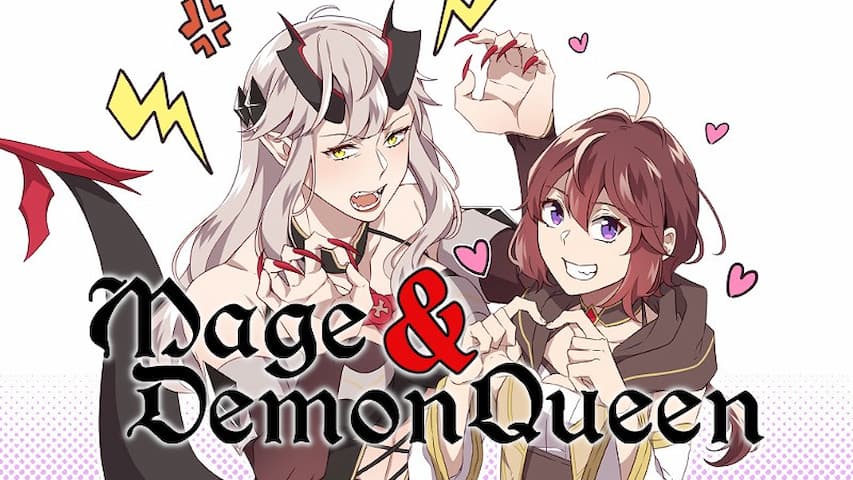
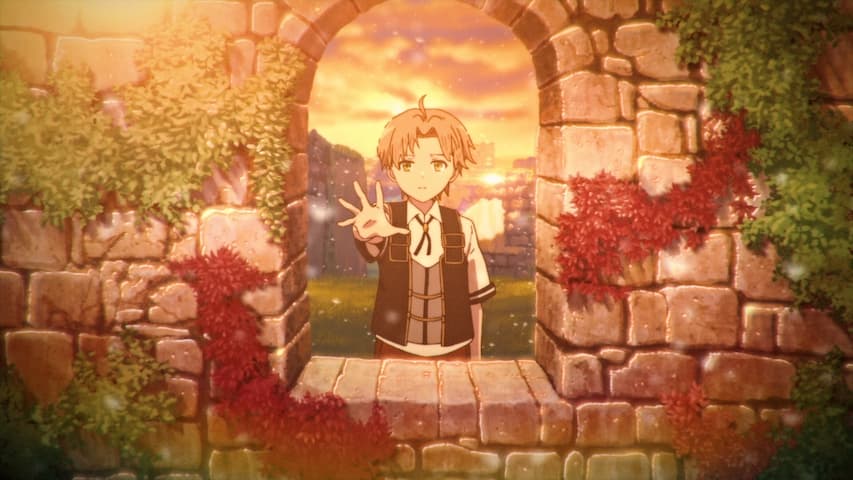

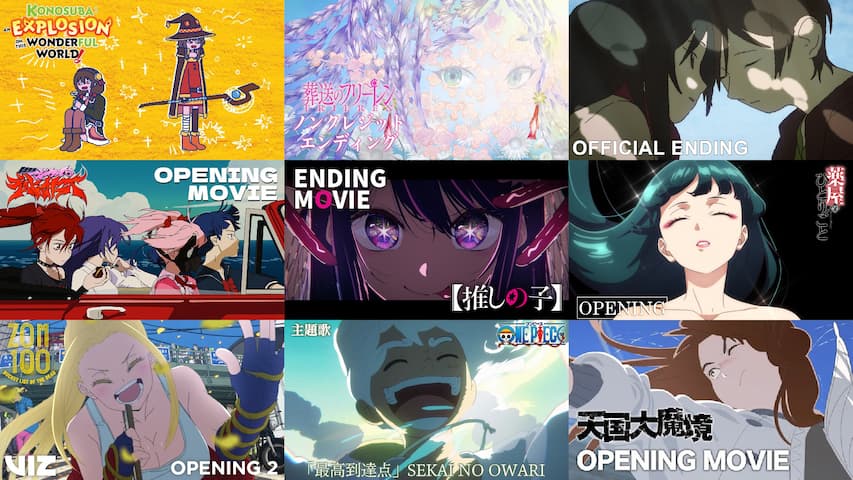
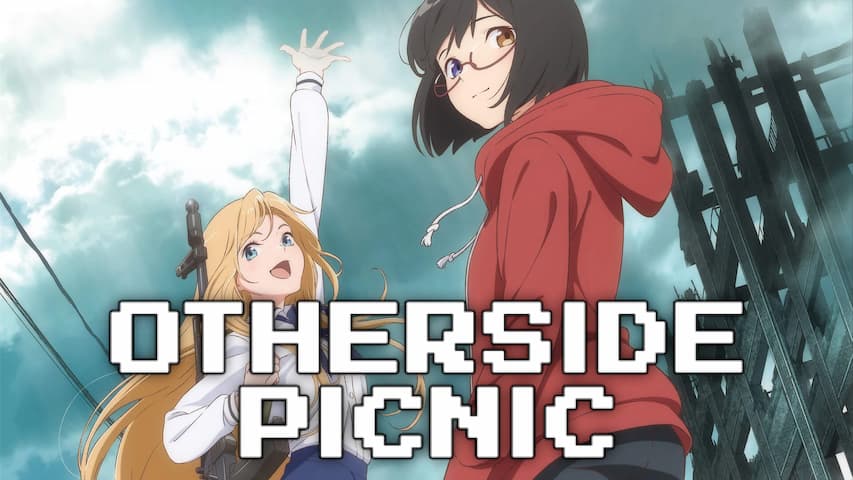

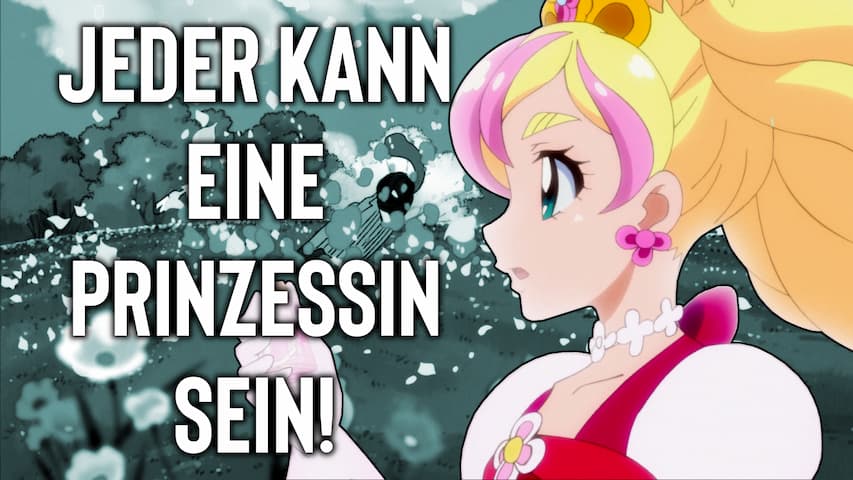
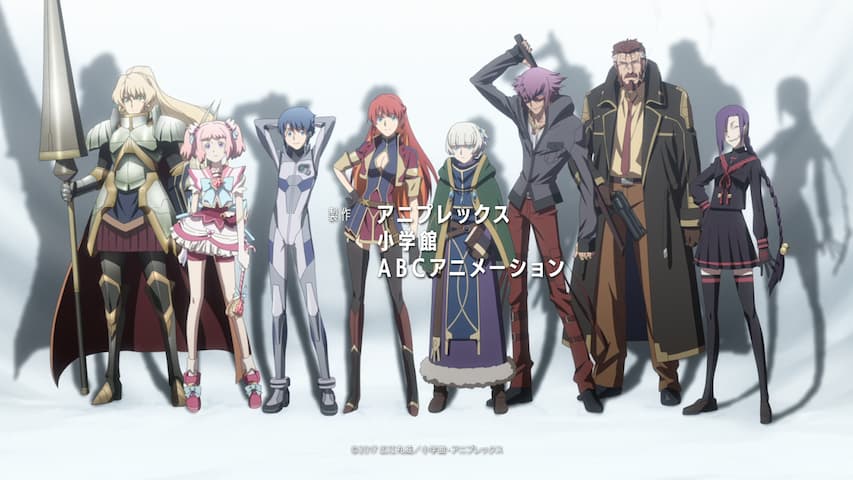

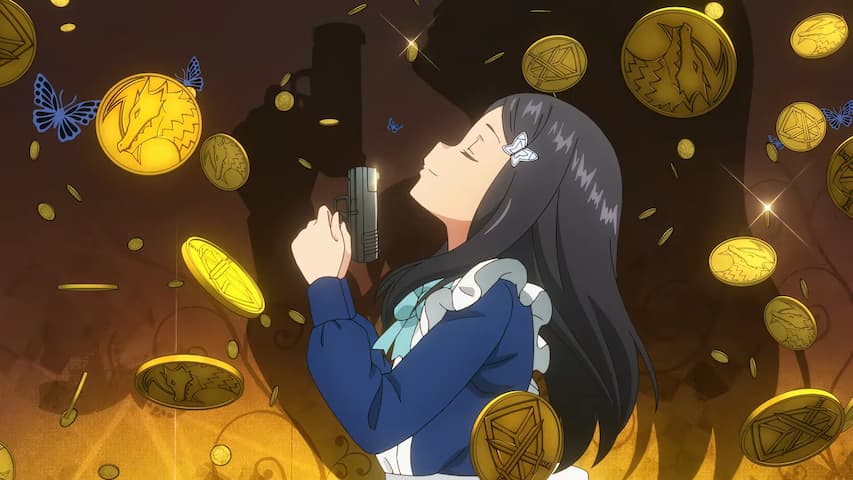
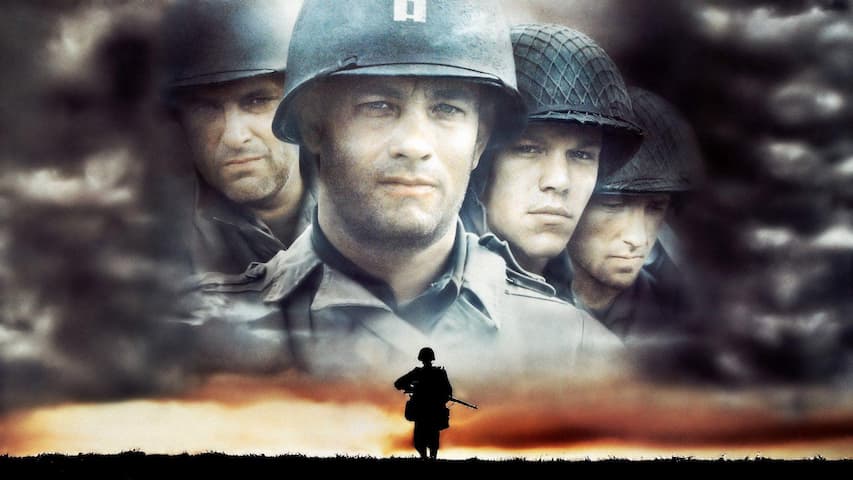

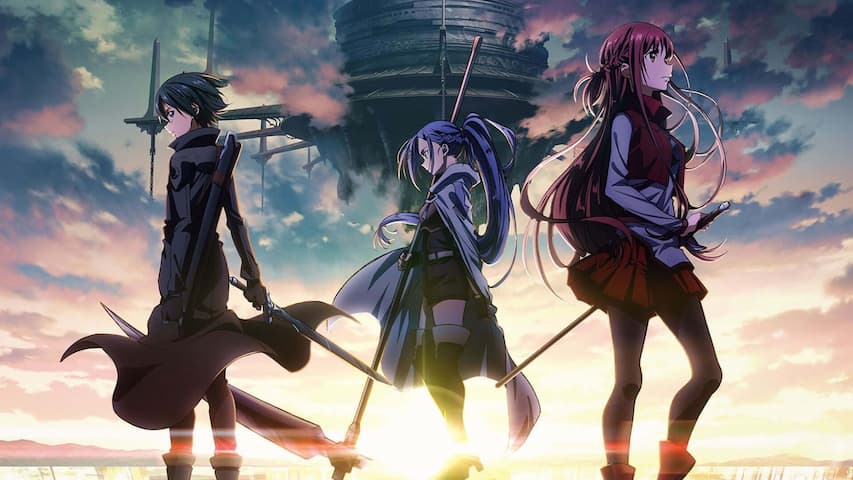
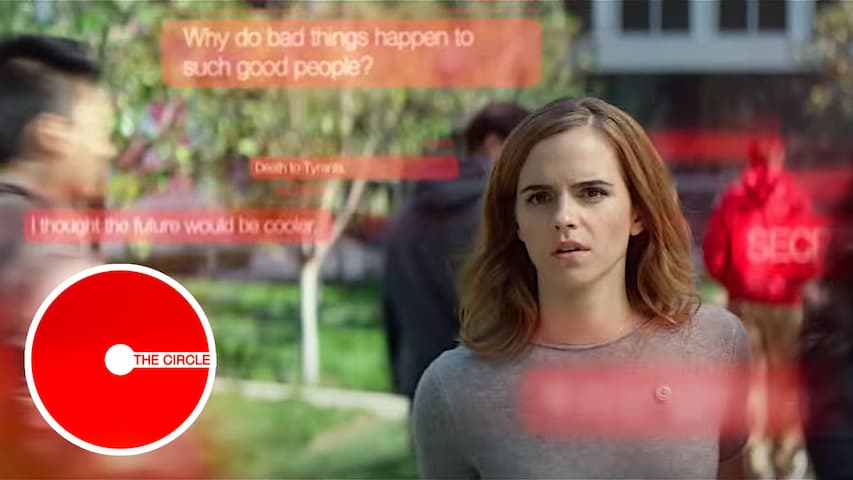
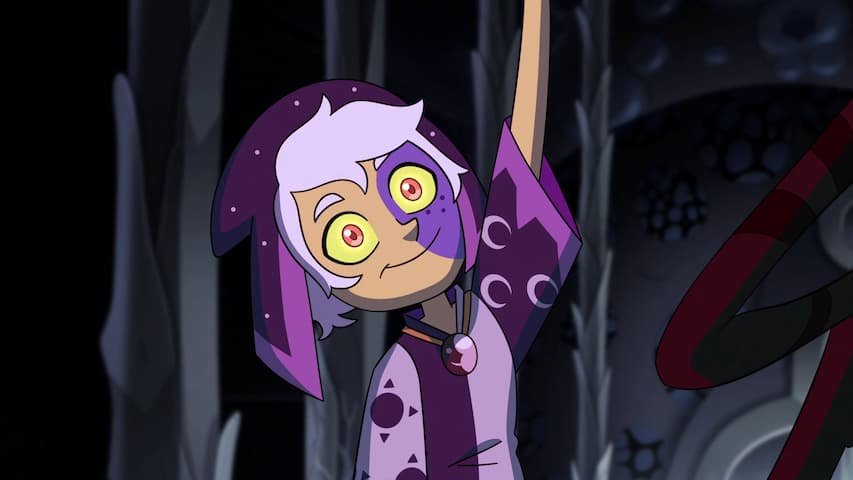
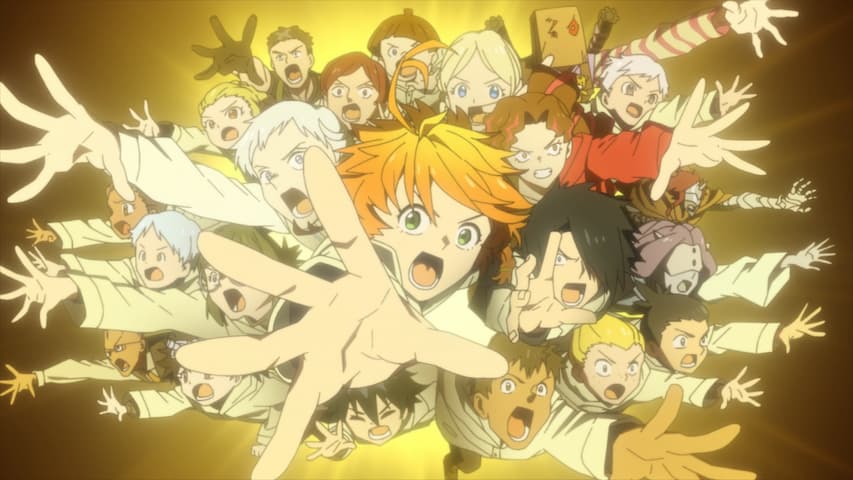
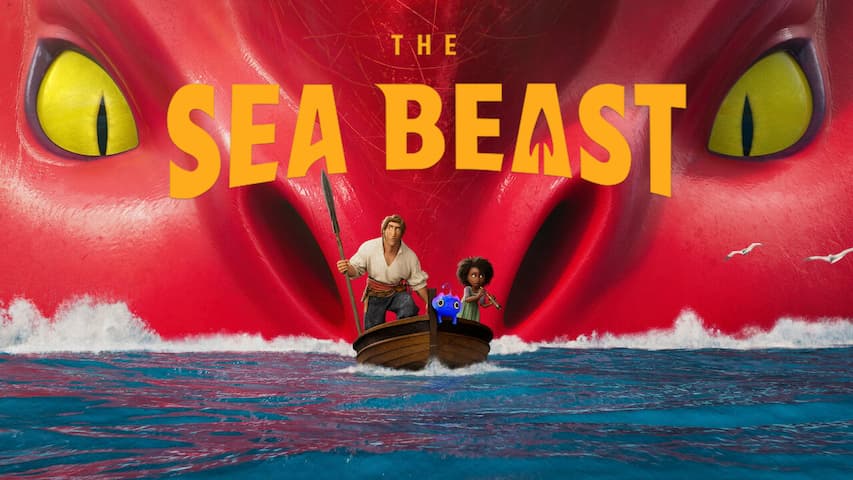


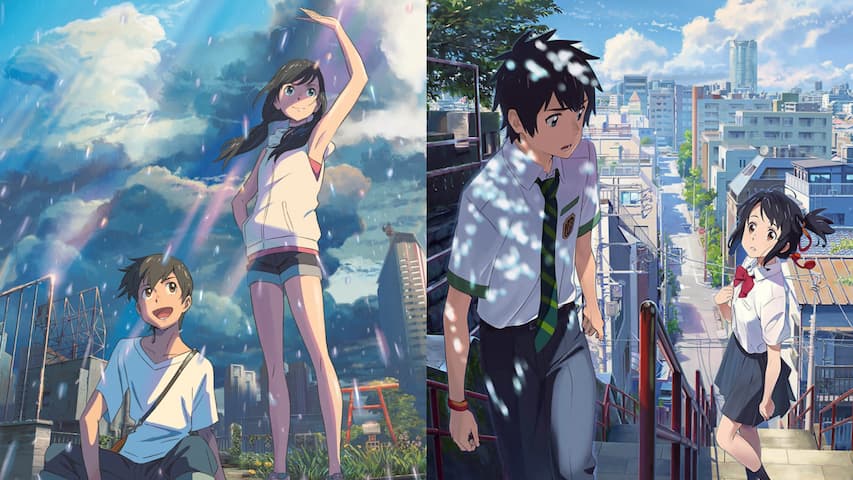

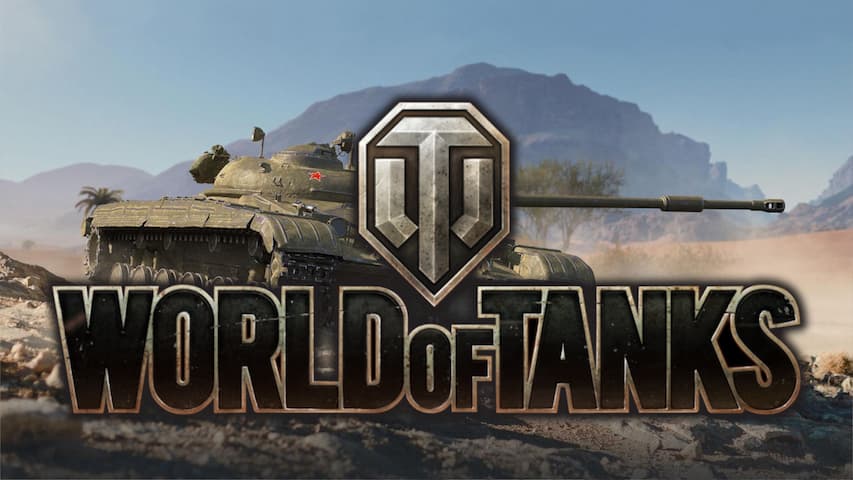

Recent Posts
2894 Words | April 10, 2024
3887 Words | April 9, 2024
1681 Words | April 1, 2024
2090 Words | March 22, 2024
1859 Words | March 6, 2024
